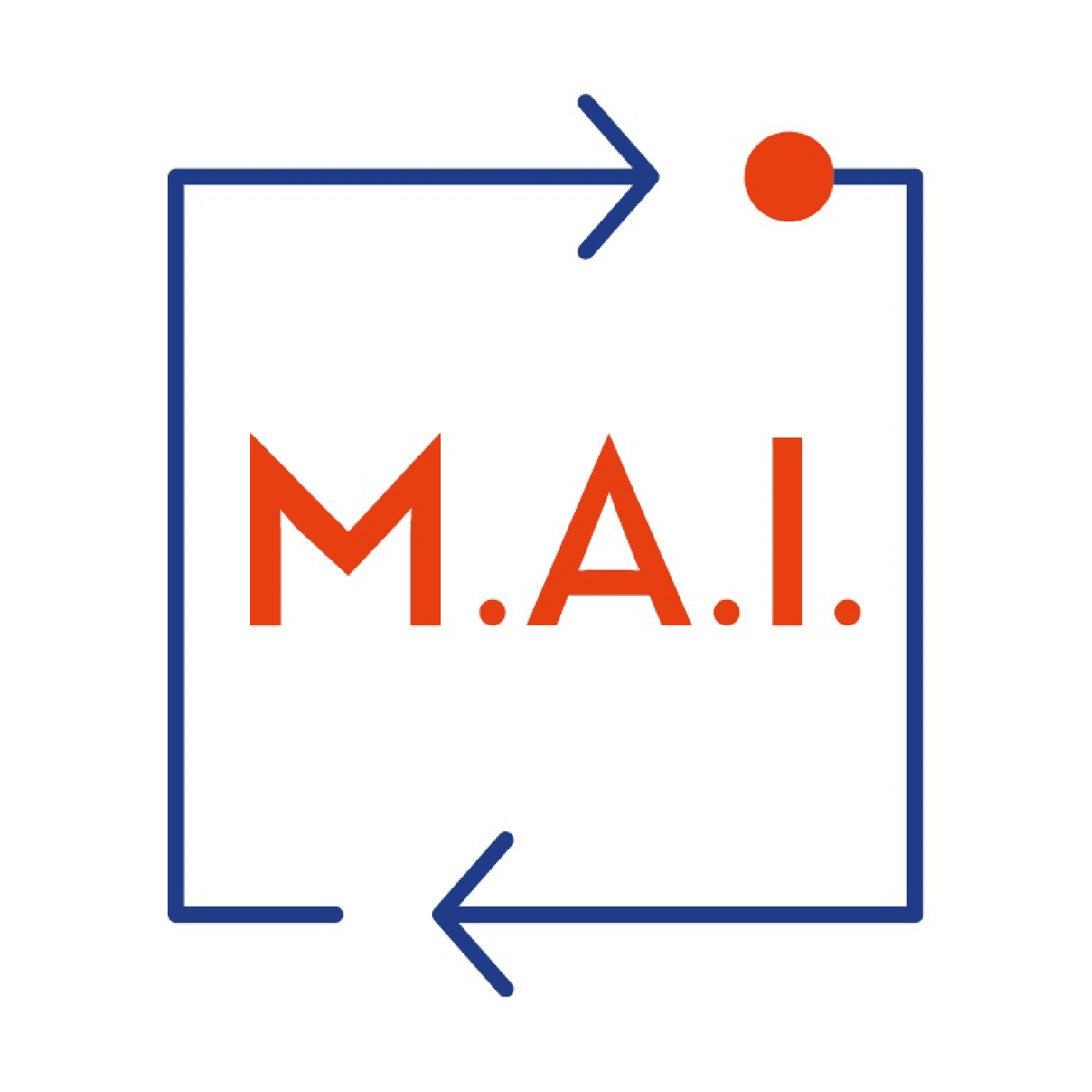How to Use AI (e.g., ChatGPT, Automated Registration) Without Losing the Human Touch
Artificial Intelligence (AI) and automation are transforming the landscape of association events. From automating registration processes to using tools like ChatGPT for content creation, personalization, and customer service, these technologies are helping associations streamline operations, cut costs, and deliver more customized experiences. However, as AI becomes more integrated into event planning and execution, concerns grow around the loss of human connection, authenticity, and trust.
Let’s explore the benefits and potential risks of integrating AI into association events and seek guidance on maintaining a balance between efficiency and the irreplaceable value of human interaction.
Why Associations Are Turning to AI
Associations are increasingly embracing AI to…
- Reduce repetitive administrative tasks (e.g., registration, email reminders)
- Personalize communication at scale
- Generate content (e.g., event descriptions, speaker bios, FAQs)
- Provide 24/7 customer support
- Analyze attendee behavior for better insights
Event tech platforms are now embedding AI into their core offerings. Automated workflows, intelligent chatbots, facial recognition check-in, and recommendation engines are no longer cutting-edge, they’re becoming standard.
Key AI Applications in Events
1. Automated Registration and Check-In
AI-enabled systems streamline attendee onboarding, reduce wait times, and improve data accuracy.
2. Chatbots and Virtual Assistants (e.g., ChatGPT)
These tools provide instant answers to attendee queries and help guide participants before and during the event.
3. Personalized Content Recommendations
Based on user profiles and behavior, AI can suggest sessions, exhibitors, or networking opportunities that are most relevant to each participant.
4. Automated Marketing and Communication
Tools like ChatGPT generate email campaigns, social media content, and event recaps in minutes, freeing up staff for higher-value work.
5. Analytics and Post-Event Insights
AI-driven analytics tools can process large volumes of data to uncover actionable insights on attendee satisfaction, session popularity, and ROI.
The Rewards: Why AI is a Game-Changer
1. Operational Efficiency
AI significantly reduces manual workload. Staff no longer need to handle each registration manually or respond to common FAQs. This allows human resources to focus on strategy, creativity, and member engagement.
2. Enhanced Attendee Experience
AI creates more personalized and frictionless experiences. Attendees appreciate quick service, relevant recommendations, and efficient navigation of complex event environments.
3. Scalability
AI tools can support a 500-person or a 50,000-person event with similar quality and responsiveness, which is particularly helpful for associations with limited staff.
4. 24/7 Availability
Chatbots and virtual assistants operate continuously, helping attendees across different time zones and ensuring no question goes unanswered.
5. Better Decision-Making
Through data analysis, AI uncovers patterns and preferences that can inform future event design, marketing strategies, and sponsorship packages.
The Risks: Where AI Can Undermine the Human Touch
1. Loss of Human Interaction
Over-automation can lead to sterile experiences. Attendees often value human warmth, empathy, and spontaneity; things machines struggle to replicate.
2. Over-Reliance on Technology
Dependence on AI tools may result in technical failures causing delays, confusion, or dissatisfaction, especially if contingency plans are not in place.
3. Impersonal Communication
AI-generated content may lack the nuance and tone needed for sensitive communications, potentially leading to misunderstandings or disengagement.
4. Privacy and Data Security Concerns
AI systems collect and process large volumes of personal data. Without robust safeguards, associations risk violating privacy laws or losing member trust.
5. Ethical and Bias Issues
If not carefully managed, AI algorithms can perpetuate biases, exclude certain user groups, or prioritize efficiency over fairness and inclusivity.
Best Practices: Keeping the Human Touch
1. Blend AI with Human Oversight
Use AI for efficiency but keep humans in the loop for high-impact interactions. For instance, let a chatbot answer routine questions but leave complex or sensitive inquiries to a live representative.
2. Customize AI Outputs
Train your AI tools on your organization’s voice and values. This helps retain consistency and authenticity in communications generated by systems like ChatGPT.
3. Offer Opt-Out Options
Allow attendees to choose whether they want to interact with a bot or a human during certain parts of the experience. Choice is key to trust and comfort.
4. Train Staff to Work with AI
Event planners, marketers, and support staff should understand how to collaborate with AI tools. This training ensures smoother integration and reduces resistance or errors.
5. Monitor and Audit AI Performance
Regularly review chatbot logs, AI-generated content, and automation workflows for quality, tone, and effectiveness. Human review helps catch mistakes and improve systems continuously.
Use Case: A Balanced Event Experience
Imagine an association’s annual conference:
Before the event:
AI generates personalized email invites, registers attendees through an intuitive chatbot, and recommends sessions based on interests.
During the event:
Facial recognition enables quick check-in, and an event app powered by AI offers real-time session suggestions. But humans are staffing info desks and help with networking.
After the event:
AI summarizes feedback and compiles analytics, but real people conduct interviews and debriefs to gather qualitative insights.
This hybrid model maximizes both efficiency and empathy.
Conclusion: Technology with a Human Core
AI and automation can revolutionize association events, but their true power lies in augmenting human capabilities, not replacing them. Used wisely, these tools free up staff to do what humans do best: connect, empathize, and create meaningful experiences. As associations evolve with technology, keeping the human touch at the center of every innovation will ensure continued relevance, trust, and impact.
Recommendations for Association Leaders
- Start small: Pilot AI tools in limited areas like FAQ automation or content drafting.
- Evaluate impact: Use attendee feedback to assess whether automation improves or diminishes experience.
- Stay transparent: Let members know where AI is used and why.
- Review regularly: Update systems to align with changing member needs and ethical standards.
- Celebrate the human: Use tech to enhance but not replace real connection.


Recent Comments